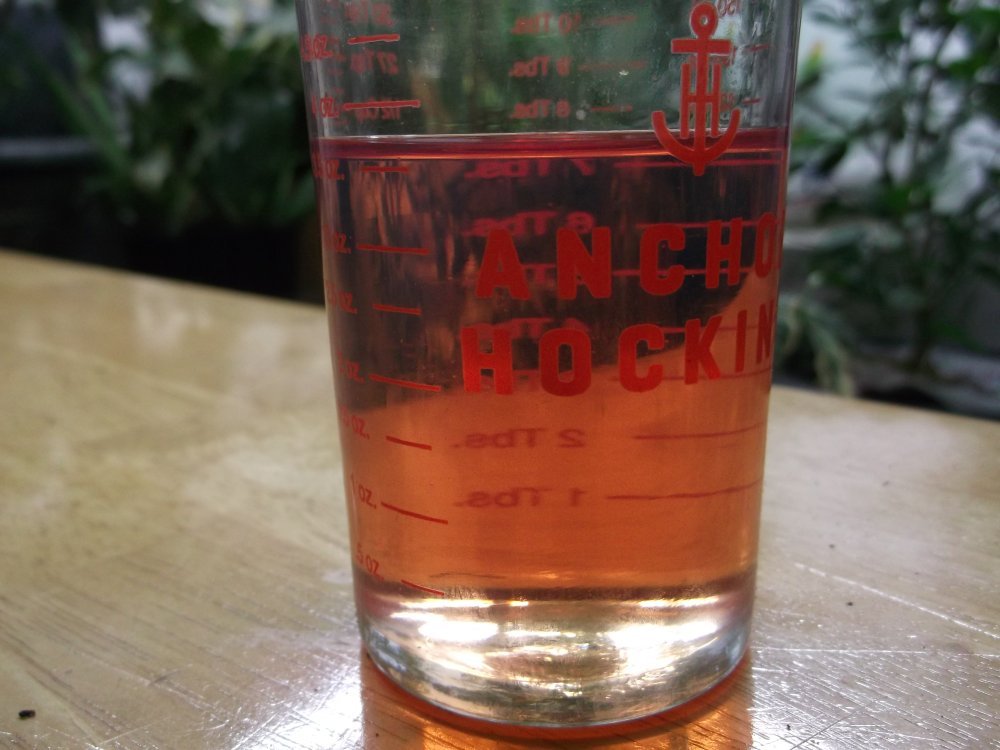Steak&Eggs
Active Member
Hey WarWagon The engine cranks evenly, the injector knock fades in and out mostly - sometimes can hardly hear it. Sometimes really loud knock. Once when going down the on ramp to merge with traffic - a huge cloud of black smoke was behind me (empty weight with no noticeable knock). The last trip when I brought it home from the shop I did not see any smoke after startup - engine was warm after test drive. Also very little if any knock.
When starting in the cold, 40 degrees F or so - small puff of dark smoke that clears up. (normal would be no smoke) The last cold start it seemed like two cylinders were missing for the first 3 or 4 strokes then smoothed out and ran fine. When the injectors are proper the glow plugs were only needed on cooler or cold days. I wait for the glow every time with the old original worn injectors and the new ones.
I did haul one load of gravel from the quarry and it pulled fine with no smoke up hill, stayed in overdrive @ 60 mph the whole trip (30 miles) with the new AC injectors. Started big injector knock after pulled off the highway onto back roads. But that faded away except for a small knock sometimes.
It has a new air filter and I covered the intake in the fender with 1/4" hardware cloth and have not had a rats nest in the intake since.
All this poor mileage and smoke/missing on cold start only happened after I put new nozzles in the original injectors. They started with no smoke and ran fine but after about a tank of fuel when those acted up I had a shop install new AC Delco injectors - they did the same as the ones I put the new nozzles in. Ran fine for about one tank of fuel then started knocking and smoking (not to mention 10 mpg instead of 16, 13 loaded with the worn original injectors) I suspect I could put the original nozzles back in and get back to how it was or better if I use some polishing compound on the pintle and seat. It was just starting to put out a puff of dark smoke on cold start at that point (never had a cyl. misfire). But I would rather have new 'cause working on it is not my main ambition in life... ;-)
I really suspect the injectors because the originals had about 130 K miles on them and they were better than the china made nozzles and where ever the AC injectors were made.
I did not notice a difference in mpg when I removed the vac pump, but I have had zero problems with the spring, I only removed the vac due to it failing... the engine has been chipped in addition - no other mods. Well, unless you count the crossover larger dia. pipe - but that rotted off and had to be replaced in any case. The boost runs 10 lbs max. with no smoke since '05 when I installed the spring.
When starting in the cold, 40 degrees F or so - small puff of dark smoke that clears up. (normal would be no smoke) The last cold start it seemed like two cylinders were missing for the first 3 or 4 strokes then smoothed out and ran fine. When the injectors are proper the glow plugs were only needed on cooler or cold days. I wait for the glow every time with the old original worn injectors and the new ones.
I did haul one load of gravel from the quarry and it pulled fine with no smoke up hill, stayed in overdrive @ 60 mph the whole trip (30 miles) with the new AC injectors. Started big injector knock after pulled off the highway onto back roads. But that faded away except for a small knock sometimes.
It has a new air filter and I covered the intake in the fender with 1/4" hardware cloth and have not had a rats nest in the intake since.
All this poor mileage and smoke/missing on cold start only happened after I put new nozzles in the original injectors. They started with no smoke and ran fine but after about a tank of fuel when those acted up I had a shop install new AC Delco injectors - they did the same as the ones I put the new nozzles in. Ran fine for about one tank of fuel then started knocking and smoking (not to mention 10 mpg instead of 16, 13 loaded with the worn original injectors) I suspect I could put the original nozzles back in and get back to how it was or better if I use some polishing compound on the pintle and seat. It was just starting to put out a puff of dark smoke on cold start at that point (never had a cyl. misfire). But I would rather have new 'cause working on it is not my main ambition in life... ;-)
I really suspect the injectors because the originals had about 130 K miles on them and they were better than the china made nozzles and where ever the AC injectors were made.
I did not notice a difference in mpg when I removed the vac pump, but I have had zero problems with the spring, I only removed the vac due to it failing... the engine has been chipped in addition - no other mods. Well, unless you count the crossover larger dia. pipe - but that rotted off and had to be replaced in any case. The boost runs 10 lbs max. with no smoke since '05 when I installed the spring.

